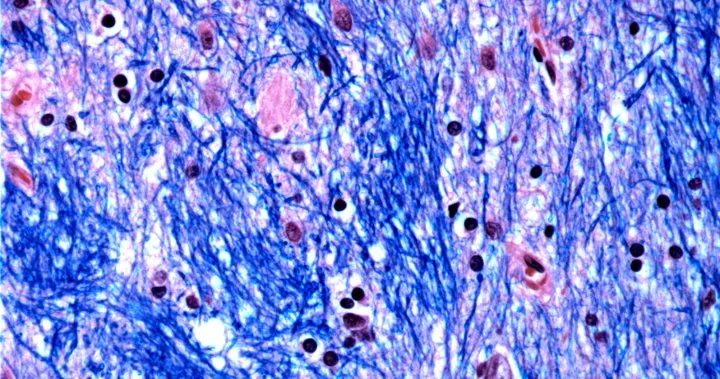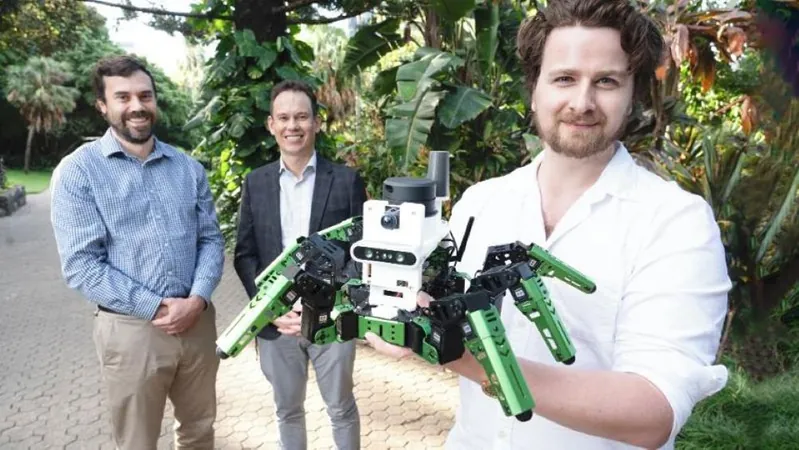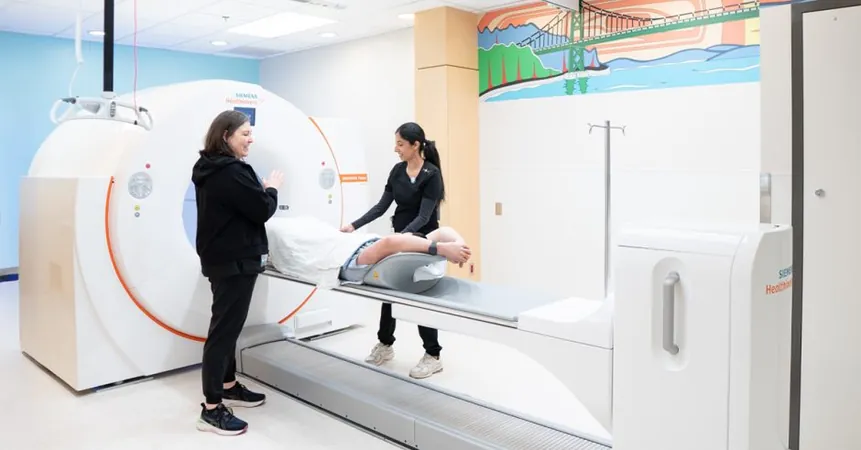
Breakthrough Discovery Sheds Light on the Hidden Mechanism Behind Huntington's Disease!
2025-01-17
Author: Jacob
Groundbreaking Discovery Unraveled
Scientists have made a groundbreaking discovery that unravels the enigma surrounding Huntington’s disease, a devastating hereditary condition that starts its cruel onset during the prime of life, leading to the gradual breakdown of nerve cells in the brain.
The Genetic Mystery
For years, researchers have recognized the genetic mutation responsible for Huntington’s disease. However, the mystery was why individuals carrying the mutation from birth often remained asymptomatic until later in life. Recent research presents a stunning revelation: the mutation is benign for decades, silently evolving into a more significant threat. Eventually, it surpasses a critical threshold, producing toxic proteins that attack and kill specific brain cells.
Expert Insights
Dr. Mark Mehler, a leading expert at the Albert Einstein College of Medicine, remarked, "This research is a landmark study that tackles the long-standing questions regarding the manifestation of genetic disorders like Huntington's."
Symptoms and Onset
Huntington's disease manifests itself through various distressing symptoms, including involuntary movements, an unstable gait, drastic personality shifts, and cognitive impairments. These symptoms typically arise between ages 30 and 50, worsening gradually over a span of 10 to 25 years.
Collaborative Research Effort
The collaborative effort of scientists from the Broad Institute of MIT and Harvard, alongside McLean Hospital and Harvard Medical School, analyzed brain tissue from 53 Huntington’s patients and 50 healthy individuals, examining over half a million cells. They focused on the critical mutation involving a CAG repeat sequence in the DNA. In individuals with Huntington's, this repeat sequence persists over 40 times, whereas in healthy individuals, it appears only 15 to 35 times. The research uncovered that these repeated sequences can enlarge significantly over time, reaching a terrifying length of hundreds of CAGs. When this sequence hits over 150 repeats, it leads to the degeneration of crucial neurons.
Surprising Findings
Steve McCarroll, a key researcher, expressed his surprise at the findings, stating, "The results were incredibly unexpected, even for us." The study, published in the esteemed journal *Cell*, received partial funding from the Howard Hughes Medical Institute.
Insights on Repeat Sequences
Further insights reveal that the growth of these repeat sequences occurs slowly during the early years of life, with a dramatic acceleration once they surpass approximately 80 repeats. Neuroscience expert Sabina Berretta noted that “the longer the repeats, the earlier the onset of symptoms.”
Scientific Skepticism
Initial skepticism arose within the scientific community regarding the findings, as previous research suggested that repeat expansions between 30 to 100 CAGs were necessary but not solely responsible for triggering the disease. McCarroll clarified that while shorter expansions do not provoke Huntington's, their study found that expansions exceeding 150 CAGs do unequivocally lead to its onset.
Future Implications
The broader implications of this study hold promise for future breakthroughs in delaying or even preventing this currently incurable disease, which affects around 41,000 Americans. Current treatments primarily focus on symptom management; however, new research strategies targeting the slowing or halting of DNA repeat expansions may offer renewed hope to those impacted.
Revolutionizing Treatment
As experimental drugs aiming to reduce the toxic protein levels from the mutated gene continue to struggle in trials, researchers believe that redirecting efforts toward controlling the mutation itself could be a game changer. McCarroll highlighted this optimism, noting, "Many companies are beginning or expanding their initiatives to address this crucial aspect."
Transforming Understanding
This vital research transforms our understanding of Huntington’s disease. Stay tuned for future updates, as these scientific advancements may soon revolutionize the way we tackle this heartbreaking disorder!









 Brasil (PT)
Brasil (PT)
 Canada (EN)
Canada (EN)
 Chile (ES)
Chile (ES)
 Česko (CS)
Česko (CS)
 대한민국 (KO)
대한민국 (KO)
 España (ES)
España (ES)
 France (FR)
France (FR)
 Hong Kong (EN)
Hong Kong (EN)
 Italia (IT)
Italia (IT)
 日本 (JA)
日本 (JA)
 Magyarország (HU)
Magyarország (HU)
 Norge (NO)
Norge (NO)
 Polska (PL)
Polska (PL)
 Schweiz (DE)
Schweiz (DE)
 Singapore (EN)
Singapore (EN)
 Sverige (SV)
Sverige (SV)
 Suomi (FI)
Suomi (FI)
 Türkiye (TR)
Türkiye (TR)
 الإمارات العربية المتحدة (AR)
الإمارات العربية المتحدة (AR)